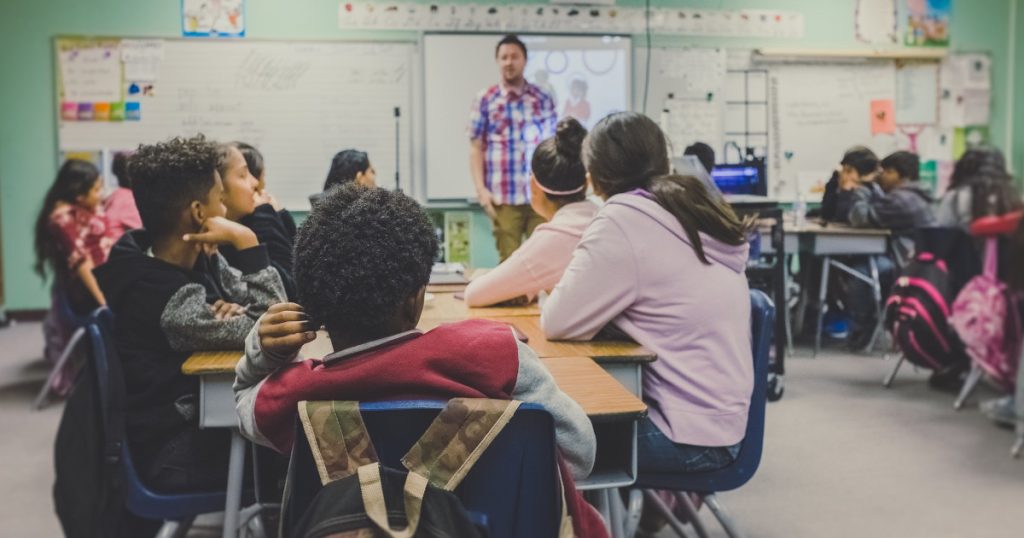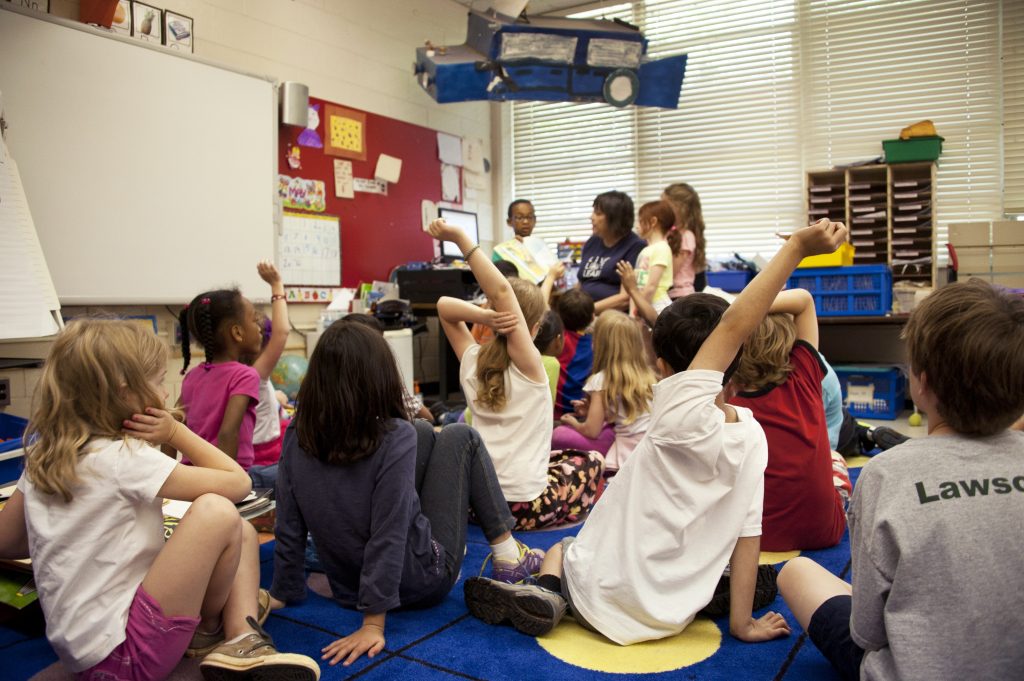As parents and educators, one of our most important responsibilities is to ensure that every child receives the support they need to succeed in school. For some students, this means addressing learning disorders, which can often go unnoticed or misunderstood. In this article, we will delve into the world of learning disorders, their types, signs, and how schools can better equip themselves to accommodate students with these challenges.

Photo by Kenny Eliason on Unsplash
Understanding Learning Disorders
Learning disorders, sometimes referred to as learning disabilities, are neurodevelopmental conditions that affect a child’s ability to acquire, process, or retain information effectively. These disorders are not indicative of a child’s intelligence but rather impact their ability to learn specific skills.
Types of Learning Disorders
There are several types of learning disorders, each with its own set of challenges:
Dyslexia: Affects reading and language-based processing.
Dyscalculia: Impairs mathematical ability and understanding.
Dysgraphia: Hampers writing and fine motor skills.
Auditory Processing Disorder: Hinders the interpretation of auditory information.
Visual Processing Disorder: Impedes the interpretation of visual information.
Recognizing Learning Disorders:
Recognizing Learning Disorders
Identifying learning disorders can be challenging because they often manifest differently in each child. Some common signs include:
- Struggling with reading, writing, or maths despite adequate instruction.
- Frequent spelling errors and difficulty sounding out words.
- Poor handwriting and fine motor coordination.
- Difficulty following directions or processing information.
- Social and emotional challenges due to frustration and low self-esteem.
How Schools Can Support Students with Learning Disorders:
Educators play a crucial role in identifying and supporting students with learning disorders. Here are some strategies:
Early Identification and Assessment
Regular Screening: Schools should implement routine screenings to identify students who might be at risk for learning disorders. These screenings can include standardized assessments, observations, and input from teachers and parents.
Individualized Assessments: For students showing signs of a learning disorder, more comprehensive and individualized assessments should be conducted by specialists, such as educational psychologists or speech-language pathologists.
Parent-Teacher Collaboration: Encourage open communication between parents and teachers to share concerns and observations. Parents often notice early signs of learning difficulties that may not be apparent in a classroom setting.
Individualized Education Plans (IEPs)
Individualized Education Plans (IEPs) involve creating personalized learning plans for students with learning disorders to address their specific needs.
Tailored Learning Goals: IEPs should outline specific, measurable, and achievable learning goals for each student with a learning disorder. These goals should be based on the student’s strengths and weaknesses.
Accommodations and Modifications: IEPs should also detail the accommodations and modifications required for each student. This might include extended test-taking time, access to assistive technology, or alternative assignments.
Regular Review: IEPs should be reviewed and updated regularly to reflect the student’s progress and evolving needs.
Assistive Technology and Learning Aids
Accessibility Tools: Schools should provide access to a variety of assistive technologies such as screen readers, speech recognition software, and calculators to help students overcome specific challenges.
Accessible Materials: Ensure that learning materials, including textbooks and online resources, are available in multiple formats (e.g., audio, large print, digital) to cater to different learning styles.
Special Education Services
Resource Rooms: Many schools have resource rooms where students with learning disorders can receive individual or small-group instruction from special education teachers.
Speech and Language Therapy: Offer speech and language therapy services for students with communication disorders, which can significantly impact learning.
Occupational Therapy: Provide access to occupational therapy for students with fine motor difficulties, like dysgraphia.
Professional Development for Teachers
Training Programs: Schools should invest in ongoing professional development for teachers to better understand learning disorders and effective teaching strategies. This education can empower teachers to make necessary accommodations in the classroom.
Collaboration: Encourage collaboration between general education and special education teachers to share insights, techniques, and best practices.
Parent Education and Support
Workshops and Seminars: Offer workshops and seminars to educate parents about learning disorders, their child’s specific condition, and strategies they can use at home to support their child’s learning.
Support Groups: Facilitate support groups where parents can connect with others facing similar challenges and share experiences and resources.
Creating an Inclusive Environment
Promote Inclusivity: Foster a school culture that promotes inclusivity, understanding, and empathy among students. This can reduce stigma and help students with learning disorders feel more accepted.
Bullying Prevention: Implement anti-bullying programs to protect students with learning disorders from bullying and harassment.
By implementing these comprehensive strategies, schools can create an environment where students with learning disorders receive the tailored support they need to thrive academically and emotionally. Supporting students with learning disorders requires collaboration between parents, teachers, and the use of innovative technological solutions. By understanding the types and signs of learning disorders and implementing appropriate strategies, we can create a more inclusive and accommodating environment for all students. This not only benefits the individual student but also enriches the entire educational community.
In our mission to support students with learning disorders, Metanoa offers a web application designed to simplify school operations and enhance the support provided to children with developmental challenges. Schools can use Metanoa’s web application to conduct periodic assessments, detect developmental delays early on and avail therapy support for children in need. This enables teachers and school counsellors to identify developmental disorders like Learning Disabilities in students and develop curriculum plans based on specific needs.



